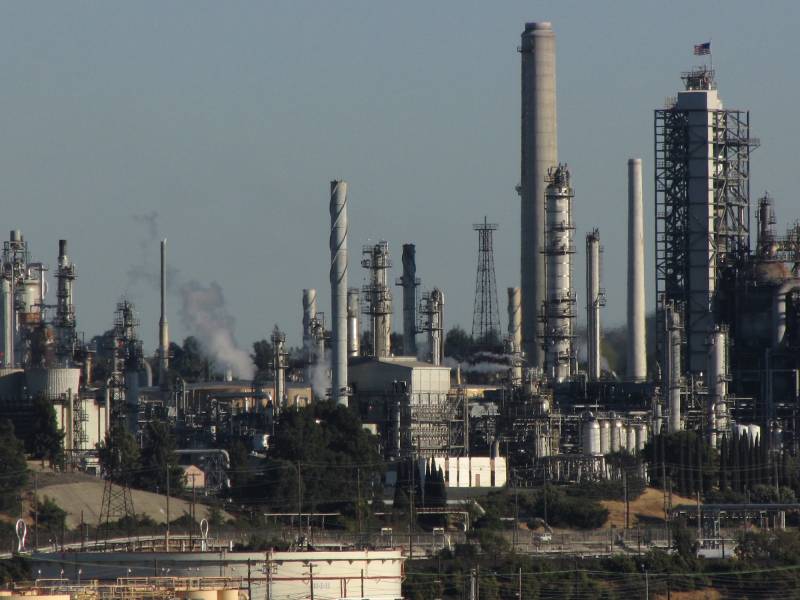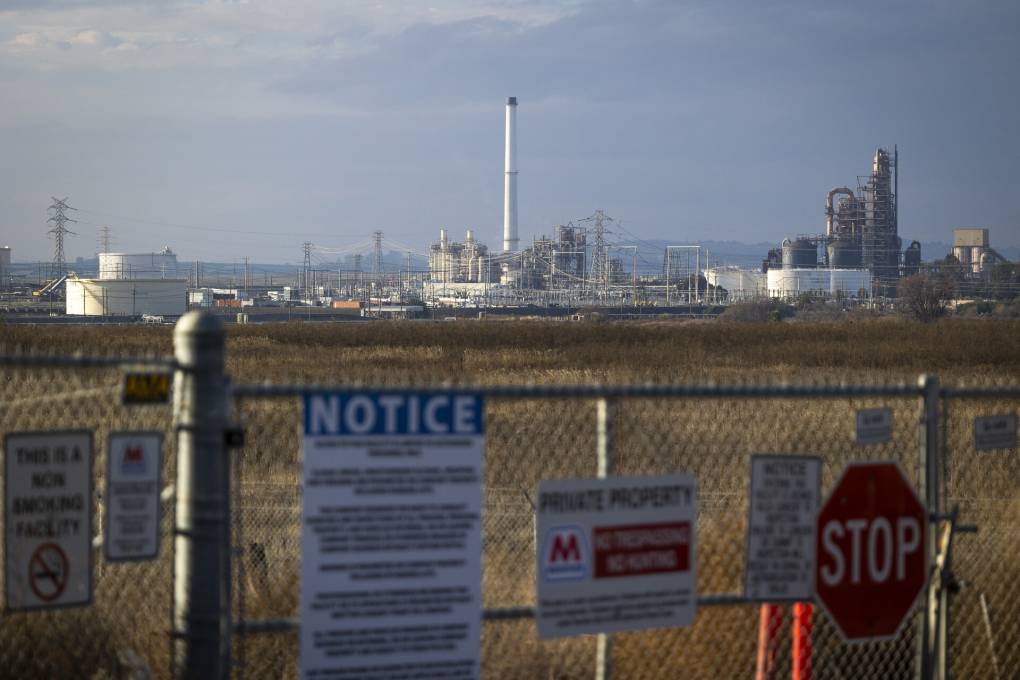On Thanksgiving morning in 2022, Martinez residents awoke to a powdery substance containing high levels of heavy metals, blanketing everything outside.
The release of toxic materials began the night before, but the Martinez Refining Company (MRC) did not activate the county’s community warning system, which would have notified those who signed up for the opt-in system. It was just one of 272 releases of hazardous materials that occurred in a 13-month period from the four fuel refineries in Contra Costa County.
Now, on the heels of a grand jury report finding that the county’s alerts are failing to reach most residents for less-impactful chemical releases, officials are taking action. At its Tuesday meeting, the Contra Costa County Board of Supervisors will vote to move forward with plans for a more robust warning system in response to the grand jury’s recommendations.
For people like Heidi Taylor, the change would be a long time coming. She was among many who packed their local city council chambers after the Thanksgiving 2022 incident, and she went on to form the group Healthy Martinez to hold the refinery accountable and continue to push for better warnings from Contra Costa County Health and Human Services and the sheriff.


